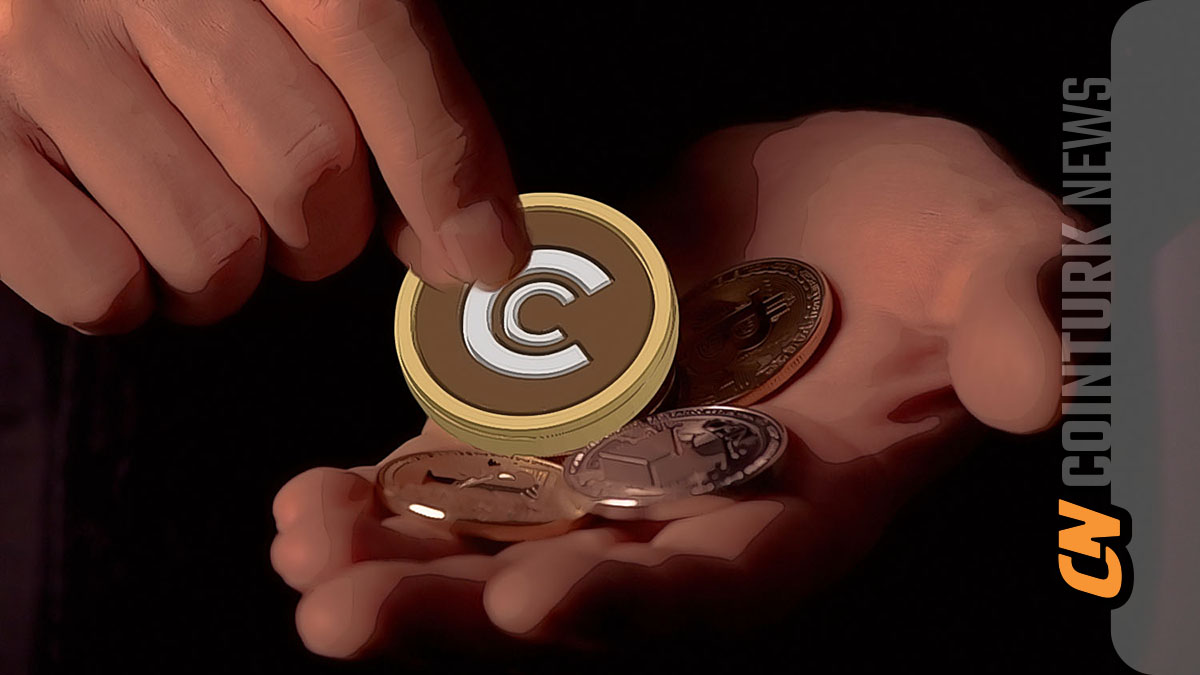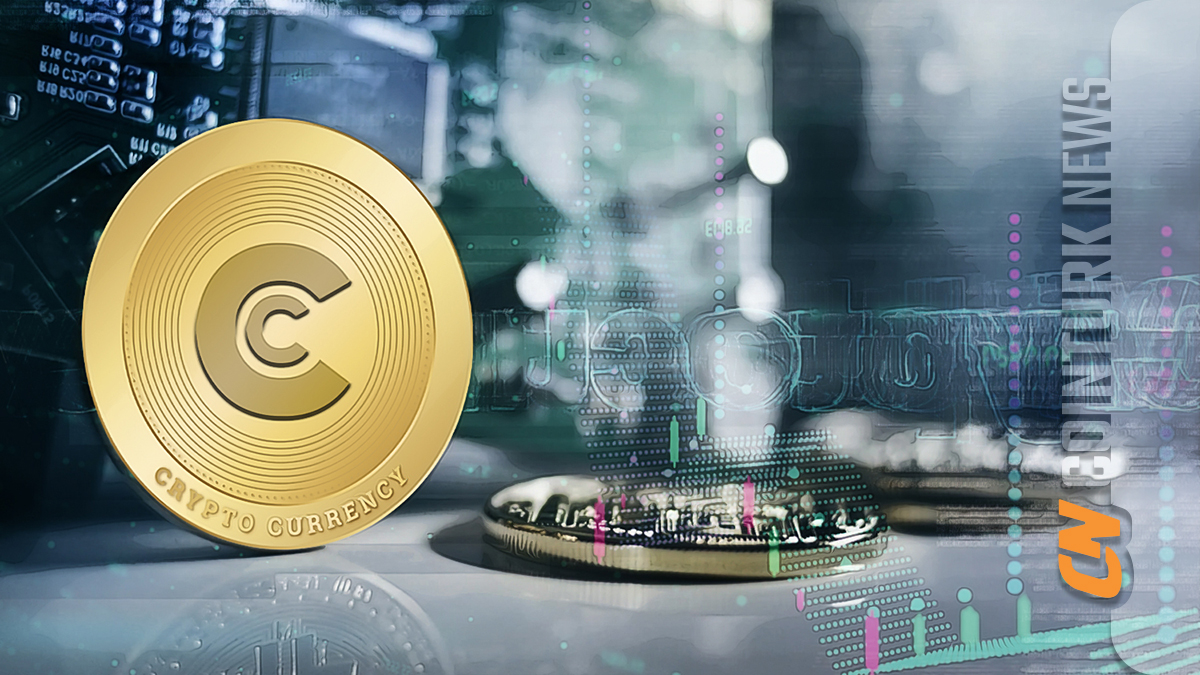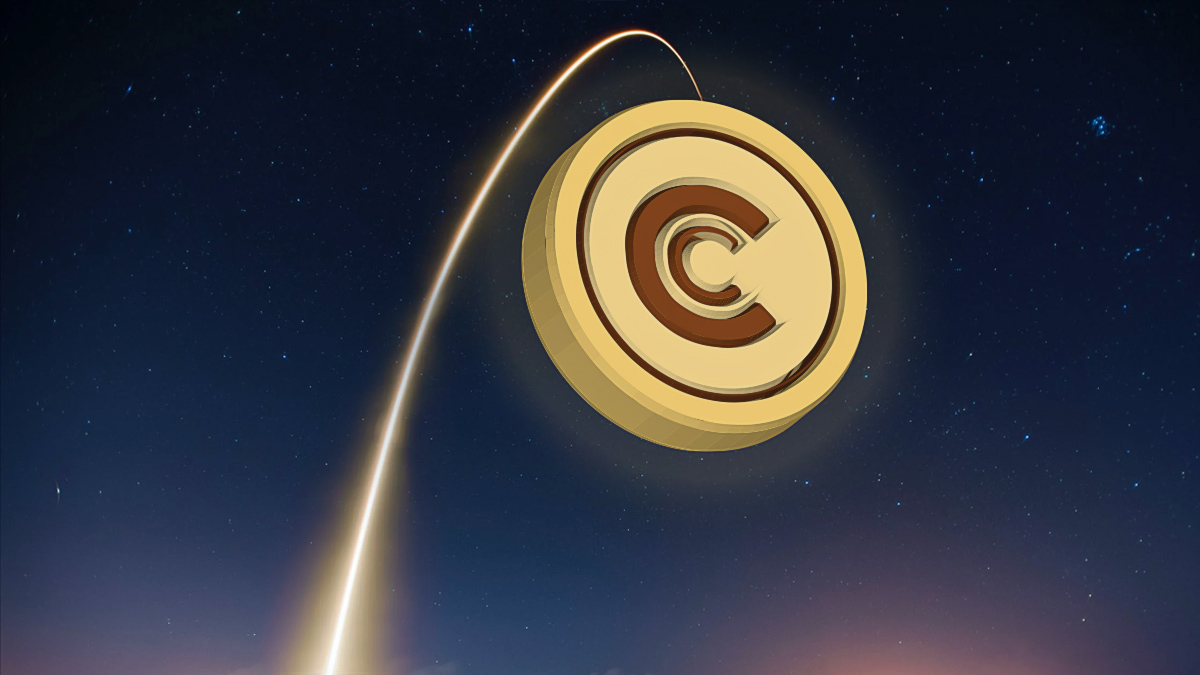A dog-themed cryptocurrency, Shiba Inu (SHIB), experienced a significant 110% increase in trading volumes within just 24 hours. This impressive rise occurred amid a broad sell-off wave that led to $410 million in liquidations in the markets. According to data, Shiba Inu’s trading volume more than doubled, reaching $801 million, equivalent to 34.1 trillion SHIB.
Major Fluctuations in the Cryptocurrency Market
This dramatic increase indicates that investors are responding dynamically to current market conditions and that there is a significant rise in SHIB trading activities. While the general cryptocurrency market experienced a major sell-off wave, the growing interest and commitment to SHIB is noteworthy. This situation shows that investors are reacting quickly and actively to market movements, and SHIB trading is rapidly increasing in a volatile environment.

The cryptocurrency market is experiencing a major sell-off wave in response to the strong non-farm payroll report announced for May. This report triggered concerns that the Federal Reserve might lower interest rates more slowly than expected, leading to $410 million in liquidations.
At the same time, the much-anticipated YouTube live stream by Keith Gill, known as Roaring Kitty, years later, further increased the sales. This event negatively affected meme-focused stocks like GameStop (GME) and meme coins like Dogecoin (DOGE), Shiba Inu (SHIB), and Pepecoin (PEPE).
Factors Behind the Increase in SHIB’s Trading Volume
Various factors may contribute to this significant increase in Shiba Inu’s trading volume. Investors might be speculating on SHIB’s short-term price movements to take advantage of volatile market conditions.
Additionally, investors might be reallocating their assets in response to broad market trends and liquidations, moving their funds into or out of SHIB. The current market downturn appears to have caused both panic selling and opportunistic buying.
While some investors are exiting their positions to avoid further losses, others see the market downturn as a buying opportunity. These behaviors contribute to the increased trading volume as market participants respond differently to current conditions.

 Türkçe
Türkçe Español
Español









